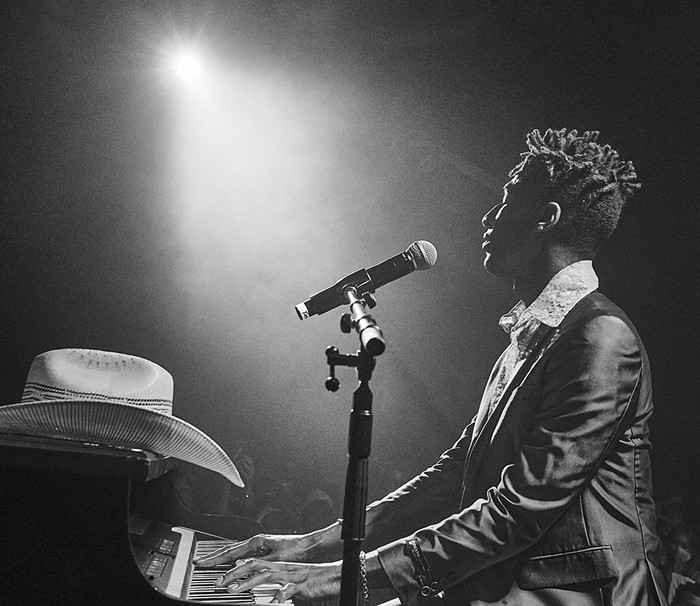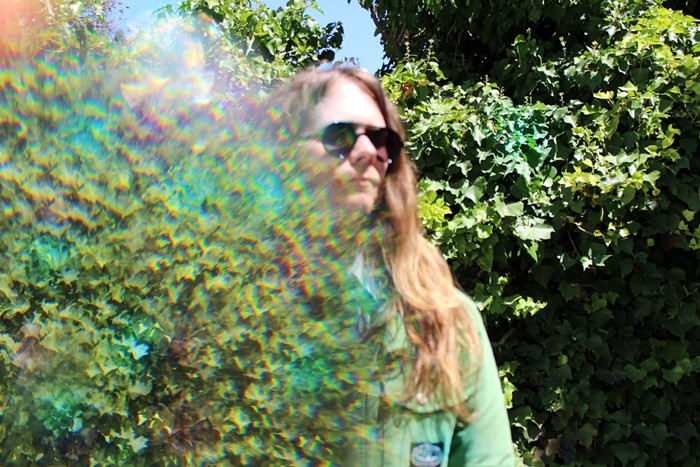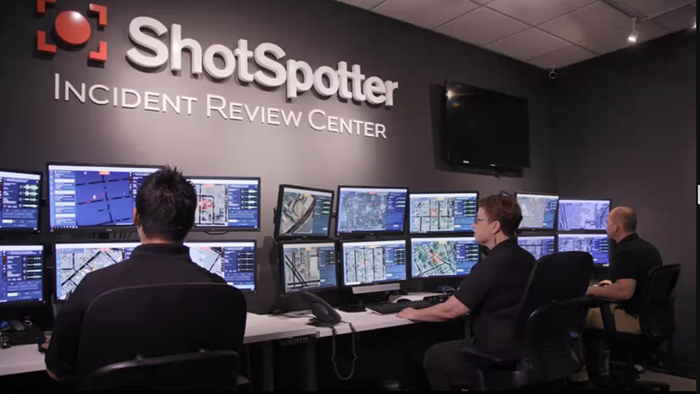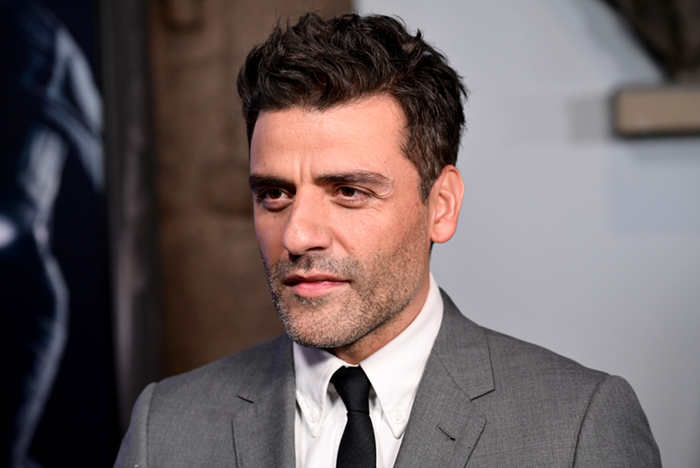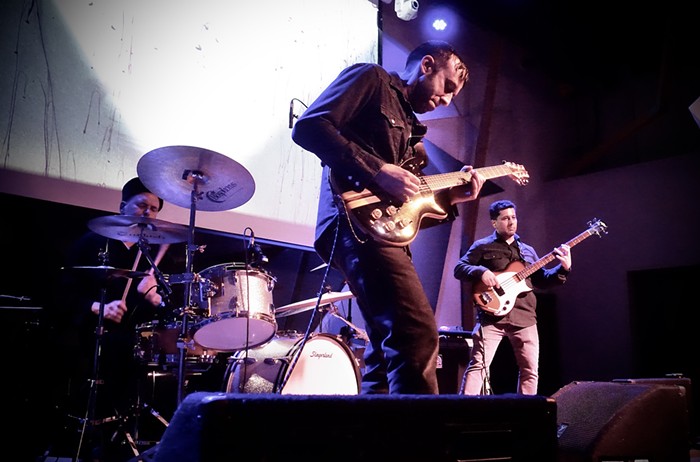Americans who grew up watching MTV commonly think of two things when they think of death metal: Florida and the 1980s. Mainstream successes Morbid Angel, Obituary, and Deicide have roots in both, and trying to get people to look past a photo of Deicide frontman Glen Benton with an inverted cross burned into his forehead is no easy task. Even the April cover of Decibel magazine—which bills itself as "the new noise"—reduces the genre to this image.
Swedes, on the other hand, have never given up on death metal. Meshuggah formed in 1987 in the Northern city of Umeå and began contorting the style's 4/4 meter into a hard-to-follow variation that would later be studied at Boston's Berklee College of Music. They're one of several Swedish bands who have moved death metal past its butcher-shop chops. Grave made guttural vocals understandable, In Flames added melody, Katatonia introduced frailty, and Opeth have blossomed into full-on progressive rock.
Meshuggah rhythm guitarist Mårten Hagström says Sweden's low population density enables creativity. "Where we come from, the only reason you're standing there and playing... is the music," he says politely. "There is nothing else." The five-piece have a studio in Stockholm, where the guitarist is resting on the eve of their 13th release, obZen. He still lives in Umeå, where he writes and records demo tracks in solitude. "Away from other influences, I guess you develop a unique style," he says.
The new full-length is a followup to 2005's Catch Thirtythree, a 47-minute "uni-song" that threatened to lose itself outside the confines of rock composition. For obZen, Meshuggah have become concise, eight-string stomach-churners. "Electric Red" and "Bleed" feature exercise-sharpened guitar hooks. Repetition and perversion of the 4/4 meter now straddle the line between pleasure and pain.
